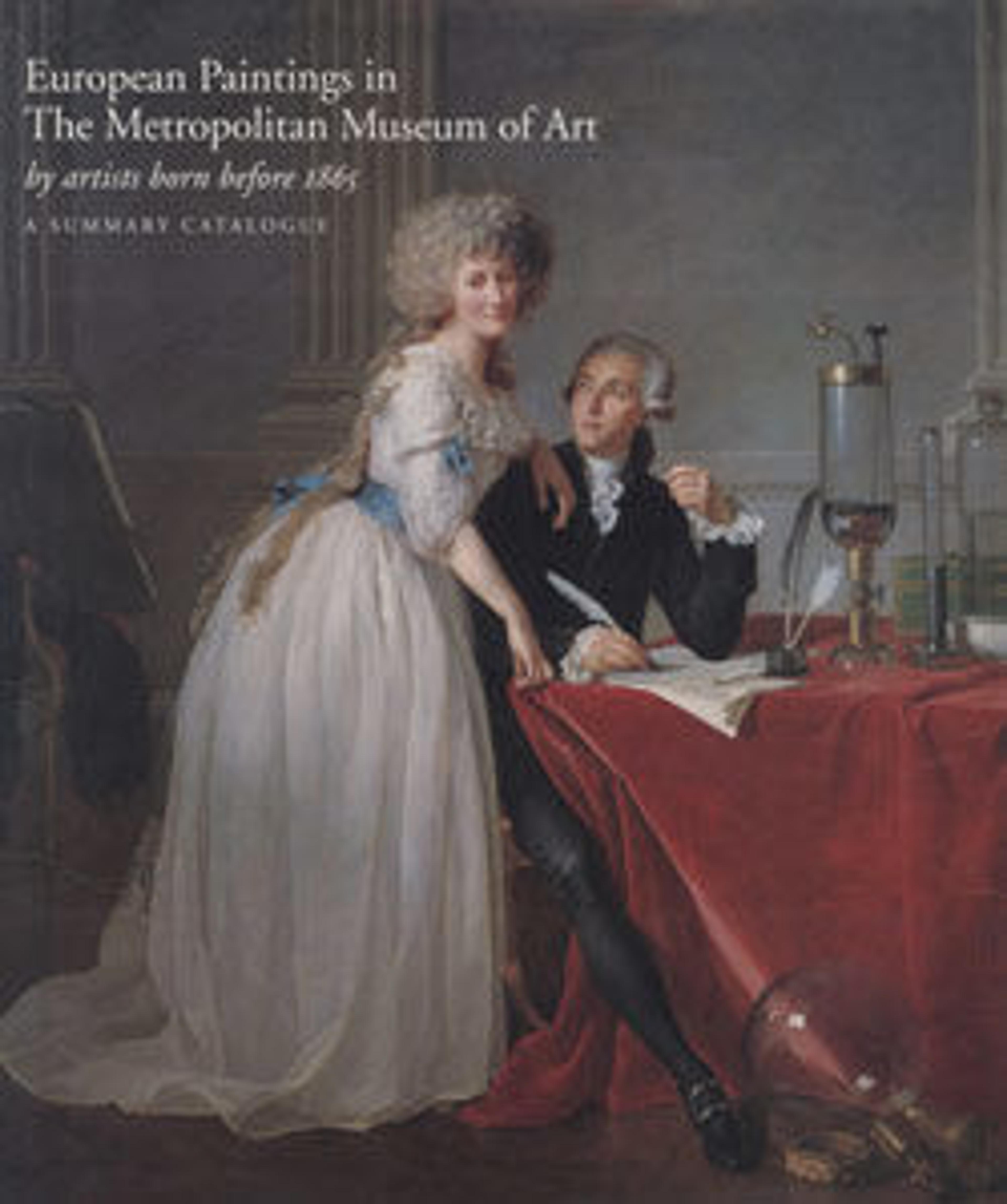The Crucifixion
Famous in Florence as well as Siena, Ugolino was a close follower of Duccio di Buoninsegna, from whom he derived his remarkable sense of color and use of gesture and expression, creating an effect at once lyrical and tragic. The presence of Saints Francis and Clare in the powerful painting indicates that it belonged to a Franciscan friar or nun, or possibly to a member of a lay Franciscan group who associated especially closely with the Crucifixion because of its associations with the Stigmatization of Saint Francis, when the saint received marks on his body resembling the wounds Christ received at his execution.
Artwork Details
- Title: The Crucifixion
- Artist: Attributed to Ugolino da Siena (Italian, Siena, active by 1317–died ?1339/49)
- Date: ca. 1315–20
- Medium: Tempera on wood, gold ground
- Dimensions: Overall, with engaged frame, 25 1/4 x 18 5/8 in. (64.1 x 47.3 cm), painted surface 22 1/4 x 15 3/4 in. (56.5 x 40 cm)
- Classification: Paintings
- Credit Line: Bequest of George Blumenthal, 1941
- Object Number: 41.190.31a
- Curatorial Department: European Paintings
More Artwork
Research Resources
The Met provides unparalleled resources for research and welcomes an international community of students and scholars. The Met's Open Access API is where creators and researchers can connect to the The Met collection. Open Access data and public domain images are available for unrestricted commercial and noncommercial use without permission or fee.
To request images under copyright and other restrictions, please use this Image Request form.
Feedback
We continue to research and examine historical and cultural context for objects in The Met collection. If you have comments or questions about this object record, please contact us using the form below. The Museum looks forward to receiving your comments.
